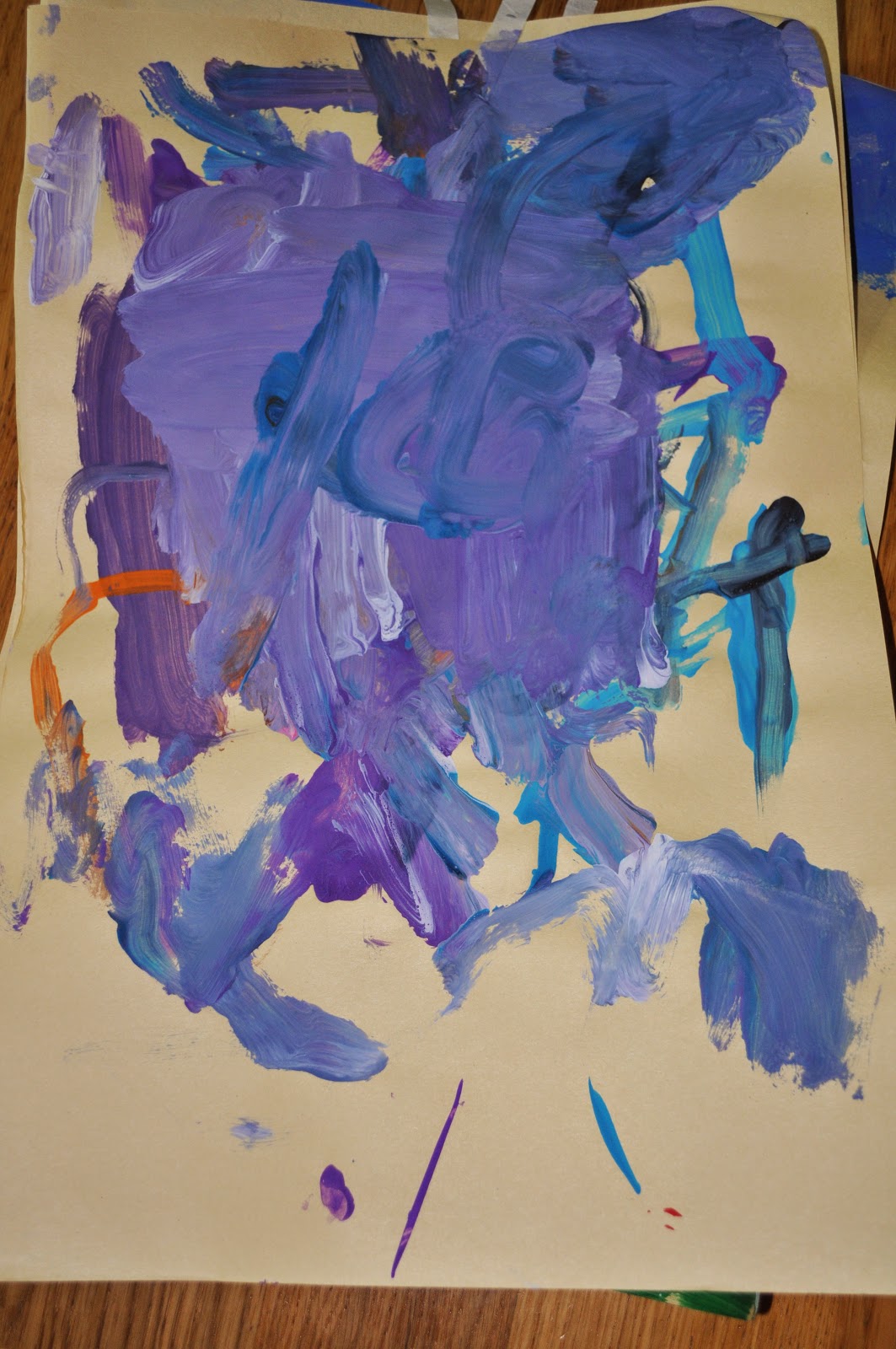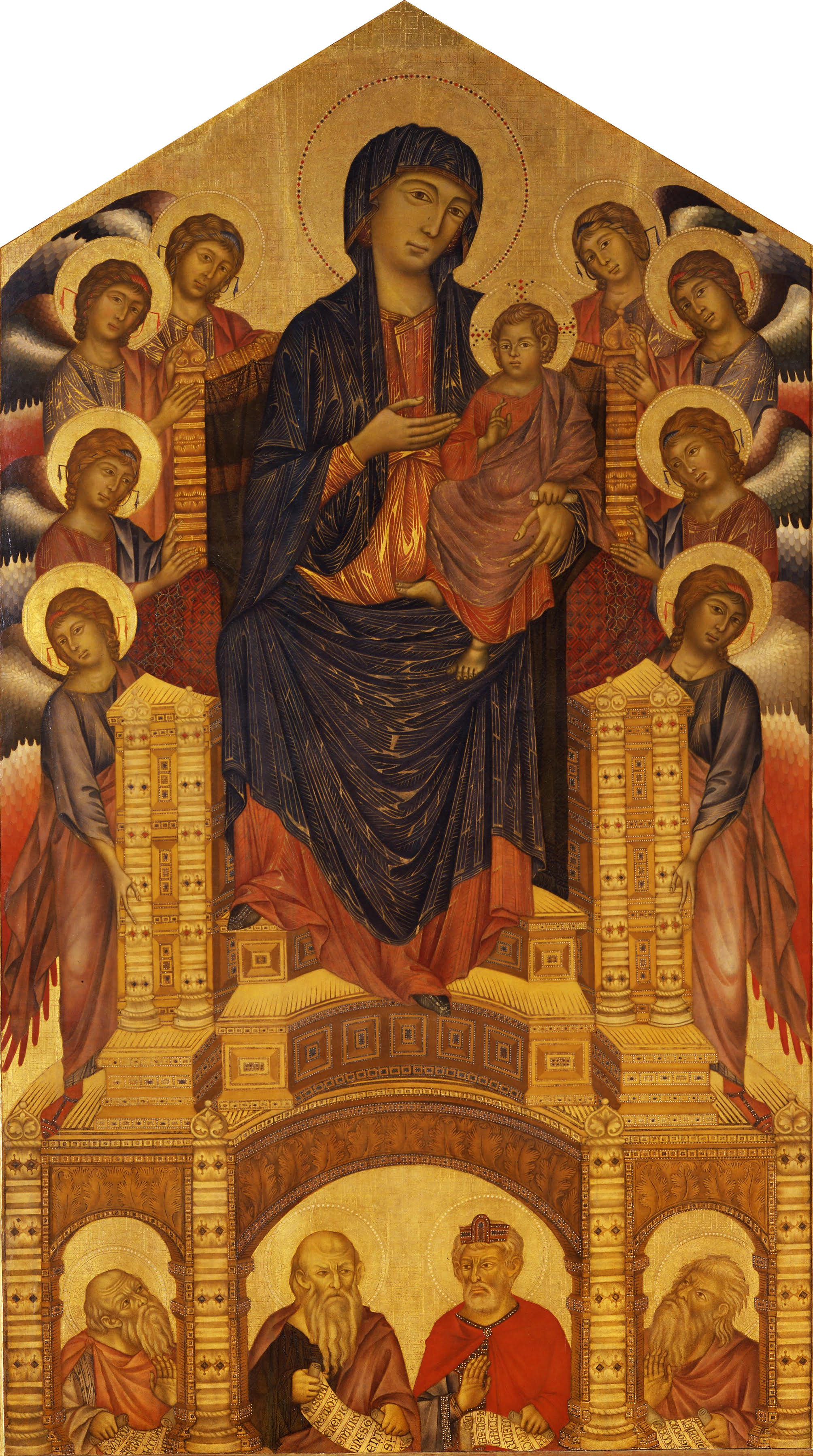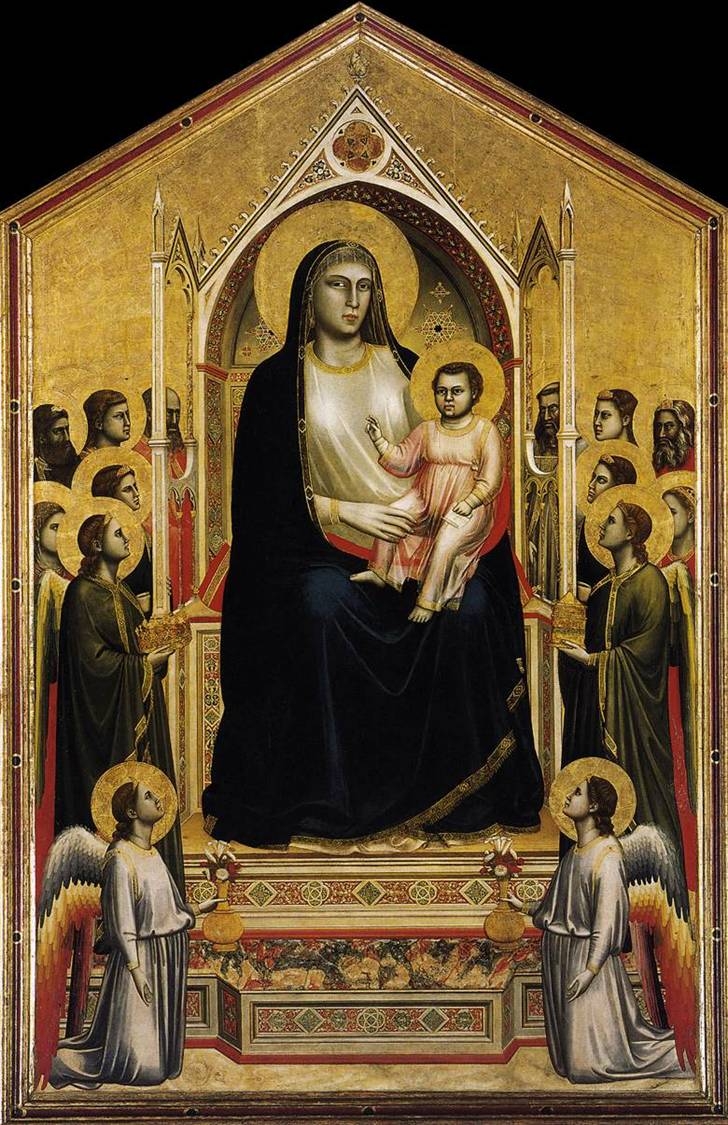In this house, we seem to go through spurts of letting the kids do art (the kind with paints and messier mediums) and then we have times that we don’t do much art for a while. Of course the kids adore making art and it is oh so good for their creativity, but it requires that we, as parents, step back and allow them space to make their art. And inevitably that means making messes too.
We took the kids to ArtQuest’s Family night and they got to paint, make clay creations, and spend lots of time building with blocks. It is a wonderfully free event that happens once a month for 2 hours.
Ezra and Gabe
Emma and Olivia
Ezra's Star
Gabe's colorful piece
Olivia's stars and hearts
Then for the last few weeks at home we have started back using our most favorite art curriculum to date. Artistic Pursuits! Olivia is the only one that has done any of their lessons before. She has completed The Way They See It (here) and Elementary Book 1, which happened to go well with some of our more ancient history studies. This is the first time that the boys will sit in on the lessons and be allowed to explore with the art materials and mediums. The curriculum’s focus is to develop skills of observation and to fully and freely involve the student in the creative process. We have done the first 3 lessons in the Elementary Book 2 so far. The two artists we have covered are Cimabue and Giotto and the lessons individually focused on using watercolor, gold leaf, and oil pastels. It fit quite nicely with our history studies which led up to and included the beginning of the Renaissance.
Watercolors
Here we used similar paints to those that Cimabue and other artists used to create frescoes in wet plaster. While we weren't doing them in plaster, the water-based paints were the main focus of the lesson.
Emma
Gabe's Garden and Olivia's beehives
Ezra
Gold Leaf
Here we were emulating how Giotto used real gold leaf to accent his pictures.
Ezra
Olivia
Gabe
Oil Pastels
The idea here was to emulate Giotto's scratching pictures on stone by layering oil pastels on chipboard. First we colored the board with a light color and then overlaid it in black. Once that was done, we used a sharp tool (in this case, a wooden meat skewer) to scratch off the black to reveal the lighter color beneath.
“We cannot measure the influence that one or another artist has upon the child’s sense of beauty, upon his power of seeing, as in a picture, the common sights of life: he is enriched more than we know in having really looked at even a single picture.” --Charlotte Mason, Home Education, 309
We have been doing a picture study of Giotto using the Simply Charlotte Mason picture study portfolios and a book that Rebecca found from the library called “The Glorious Impossible” by Madeleine L’Engle. We don’t necessarily agree with her writings that went along with each painting, so we skipped most of them, but the procession of frescoes was a wonderful study of his work. While studying his work, we also read the story of his life. He was a shepherd boy who scratched amazingly realistic pictures of his sheep on rocks and was taken as an apprentice by one of Florence’s most prominent artists of the time. As he grew in his art, he developed a new style of painting and became greater than his master.
As a comparison, we looked at paintings by both Giotto and Cimabue that had a nearly identical themes. While both were great artists, it's clear that Giotto's (on the right) shows more life-like figures and has a more three-dimensional perspective to it. This was a rather large step forward in style and became an example for the artists of the Renaissance to come. We chose to do 2-3 picture studies a week for the last several weeks. That just seems to work better for our kids than just doing one a week.


















